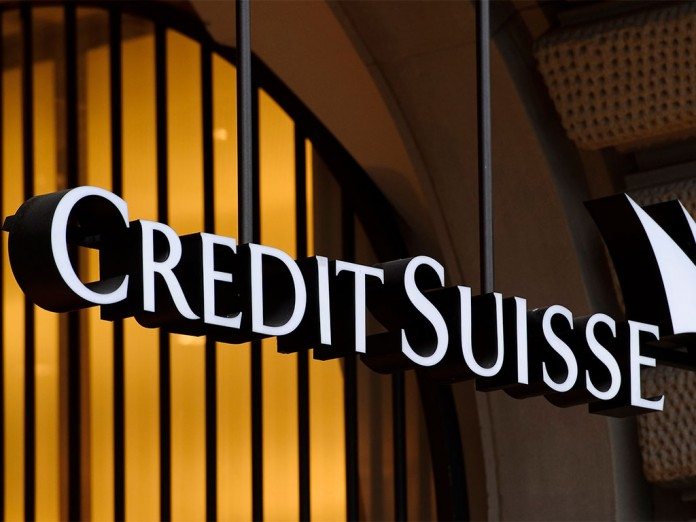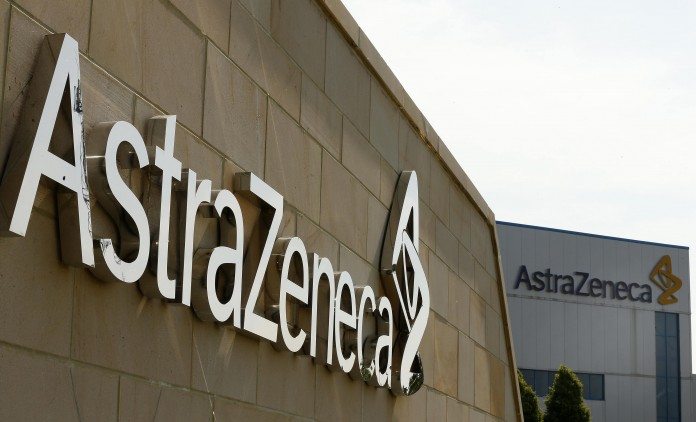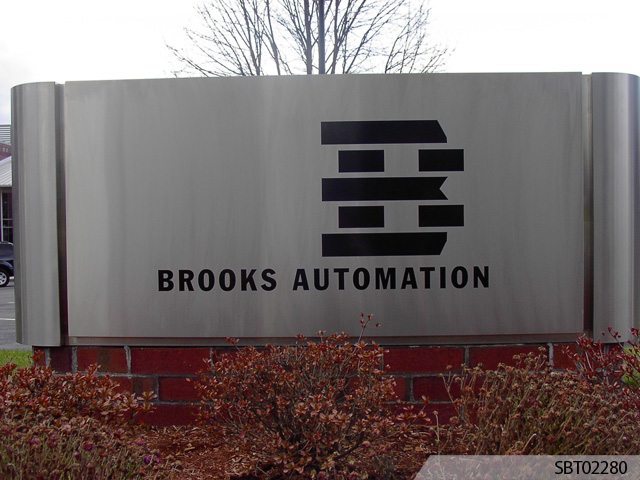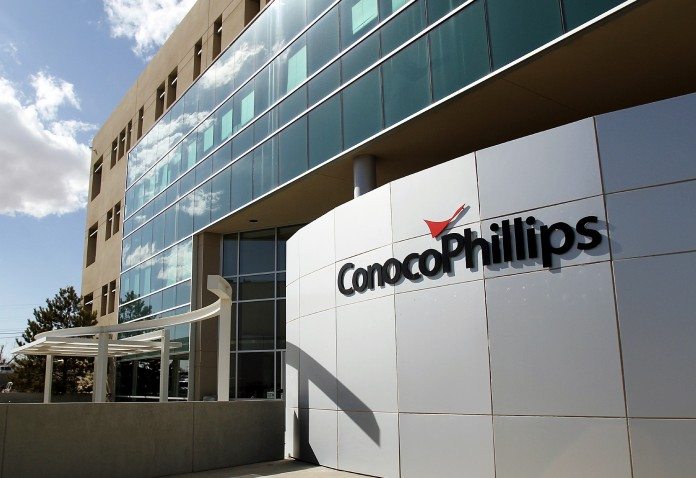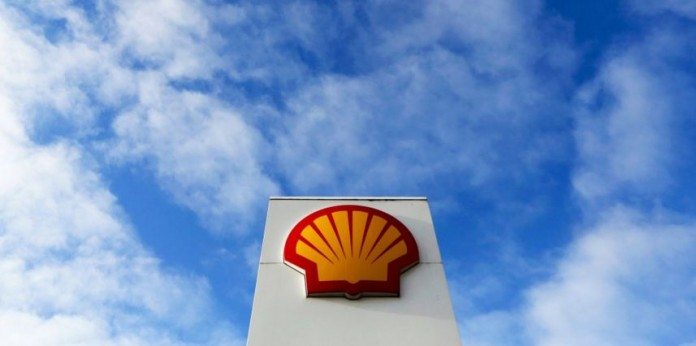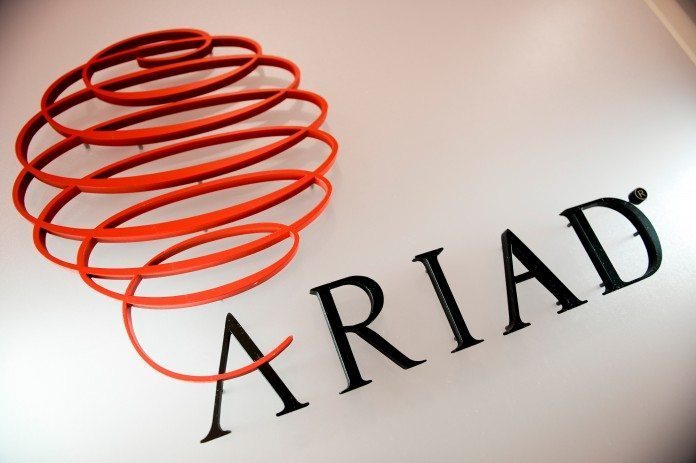Oncology is big business, and for companies that carry development stage candidates through clinical trials to commercialization, there are billions of dollars’ worth of sales on the table. Here is one of the most promising sub-$1 billion companies in the space, with a look at its lead candidate.
Click Here For More Market Exclusive Updates & Analysis
Ariad Pharmaceuticals Inc. (NASDAQ:ARIA)
With a market capitalization of a little more than $995 million, Ariad just about qualifies for inclusion. It generates nearly $30 million revenues quarterly during 2015, and recorded full year sales of $105 million during 2014 – primarily generated from European and US sales of its chronic myeloid leukemia drug, Iclusig (ponatinib). It’s the company’s current lead development candidate that’s exciting however – brigatinib. It’s currently in a pivotal phase III for a lung cancer indication; a space that analysts expect to generate $8.8 billion in revenues by 2018 and that plays host to a number of household name blockbusters – most notably Merck & Co. Inc.’s (NYSE:MRK) Keytruda.
The drug is a dual acting inhibitor, which means it concurrently employs two MOAs to treat cancer. First, it’s an anaplastic lymphoma kinase (ALK) inhibitor. In certain types of lung cancer, patients have what’s called a fusion gene, which is a hybrid gene created when two genes combine. This hybrid gene interacts with ALK to create, or stimulate, enzymes that induce carcinogenesis. Brigatinib inhibits the ALK, so the interaction with the hybrid gene doesn’t happen and – in turn – no carcinogenesis is induced.
The second MOA is as an inhibitor of epidermal growth factor receptor (EGFR). We’ve discussed EGFR in the past, but for those not familiar with the topic, EGFR is a receptor that sits at the outer membrane of all nucleic cells. It serves as a sort of on/off switch for cell replication. In many types of cancer (one of them being NSCLC) a mutation in the EGFR has the effect of holding the switch constantly in the on position, which translates to rapid and continuous proliferation of the cell with the mutation – in this case, the cancerous cell.
The drug is currently in two trials – one is a phase I/II that kicked off way back in 2011, designed to test safety, tolerability, determine optimum dosing and – as a secondary – investigate the anti cancer activity associated with administration. The trial is effectively complete (as of September 2015) and we are just waiting for topline assessment, but an interim analysis offered some insight into the readout. Objective response was demonstrated in 70% of patients, with highlights including a 30% volume decrease in tumors of more than 10mm in 11 patients, and a further 11 patients with smaller size tumors seeing complete disappearance of metastases. There was a bit of pulmonary related AEs observed, but nothing serious (shortness of breath, etc.), so the drug looks to be – on a small scale at least – pretty well tolerated.
On the back of interim analysis, the FDA awarded breakthrough designation to Brigatinib, which should speed up the development process, and afforded the company the opportunity to kick off a phase II before the topline readout of the aforementioned trial. The phase II completed enrollment last year, and is well under way towards a target of primary completion. The company has promised a data readout at the American Society of Clinical Oncology (ASCO) annual meeting, which takes place between June 3, and Jun 7, 2016. It’s this readout that Ariad expects will form not just the basis of a phase III, but also an NDA submission, which it expects to have with the FDA by Q3 2016. This is the breakthrough designation in action. Expedited trials, reduced submission requirements etc.
So there we go – upcoming milestones include the topline readout from the phase I/II trial, which should come out across the next quarter; the initiation of a phase III before the end of the year; the readout from the ongoing phase II at the ASCO meeting in June; and finally the submission of, and the FDA acceptance of, the company’s NDA for the drug in a lung cancer indication.
In short, if everything runs smoothly, Ariad Pharmaceuticals could be one of the top oncology picks of 2016. At time of writing the company closed at a little over $5 a share, and is up premarket close to 3% on yesterday’s close.

